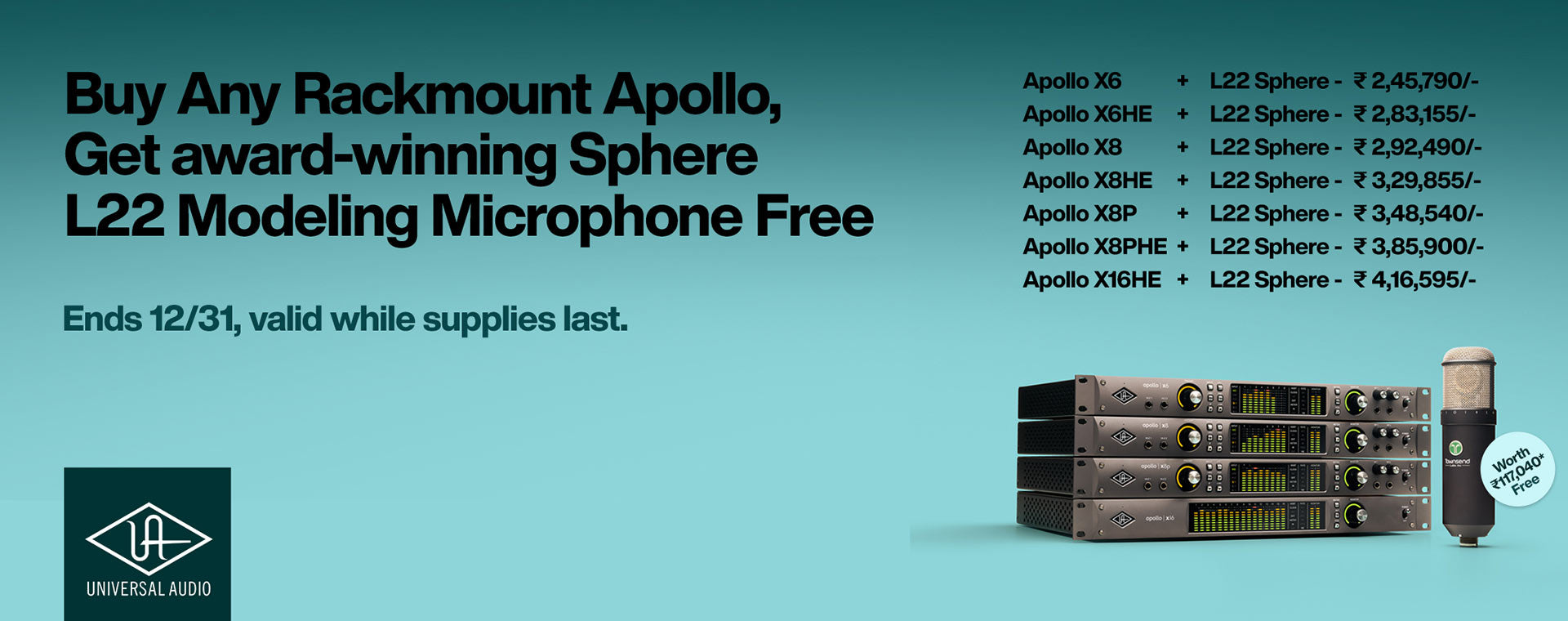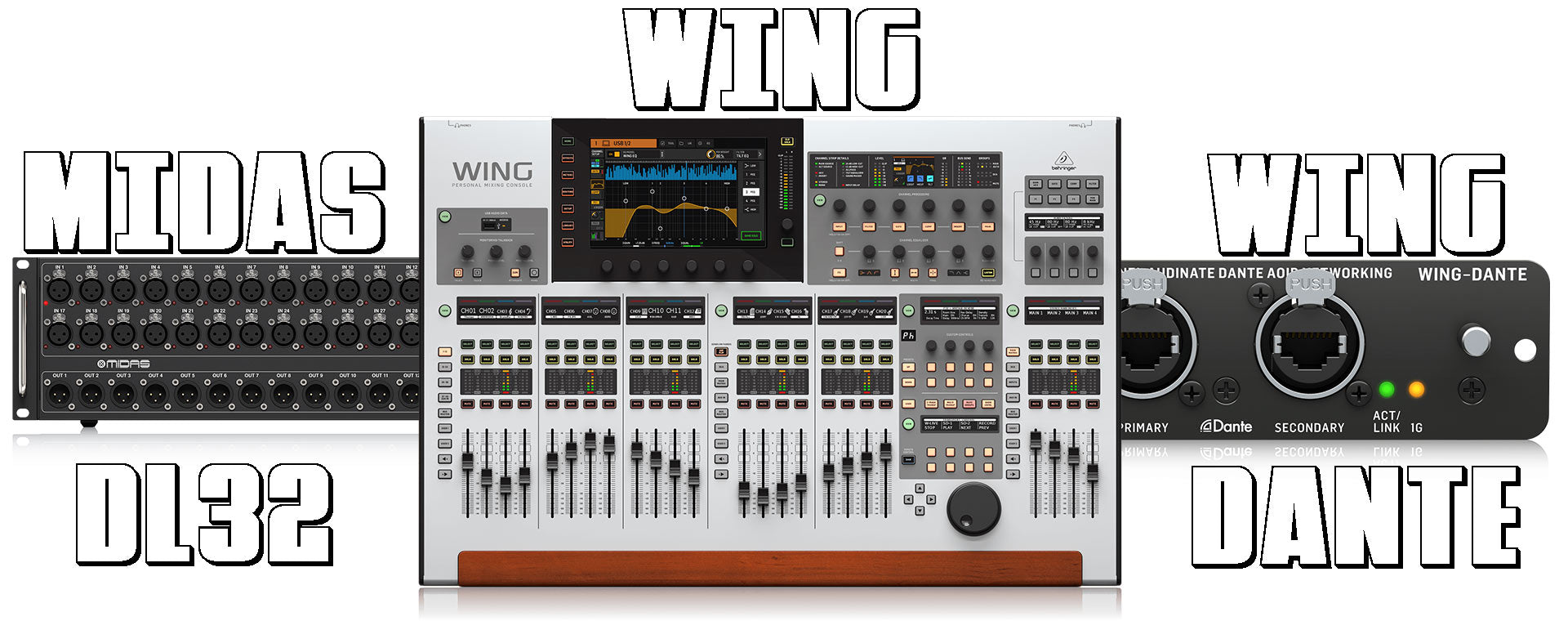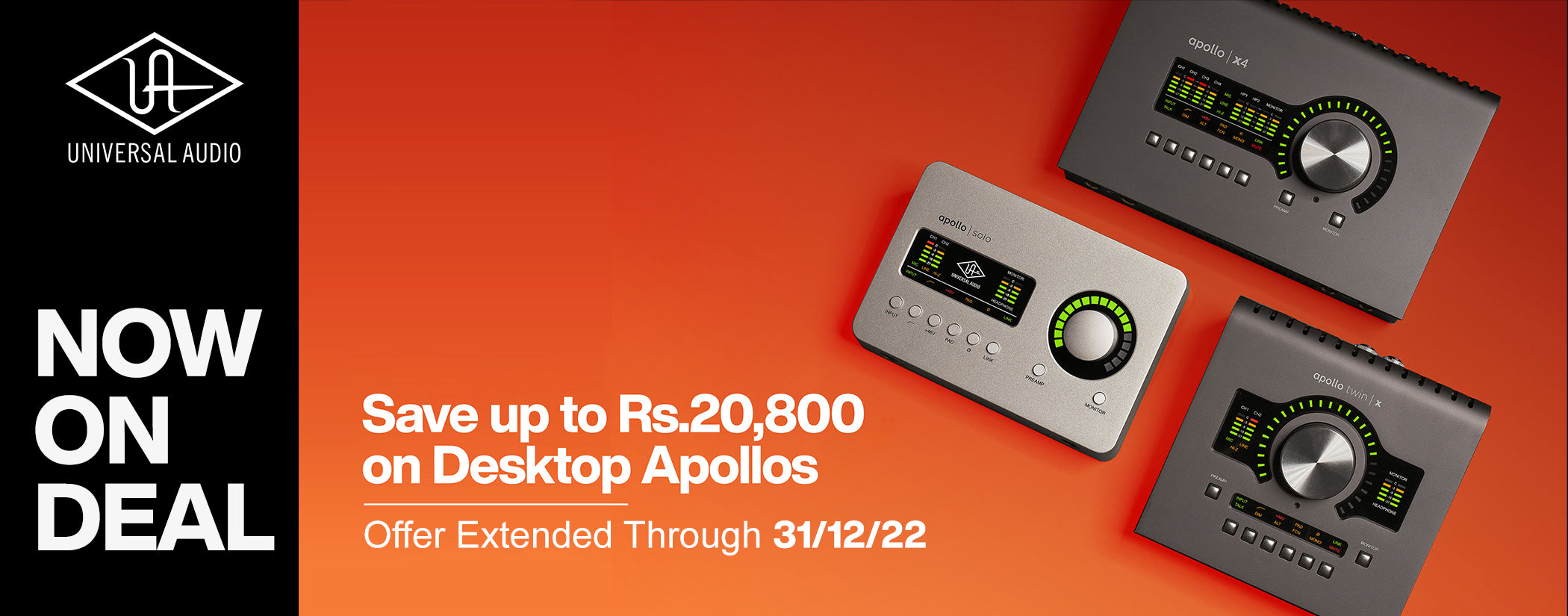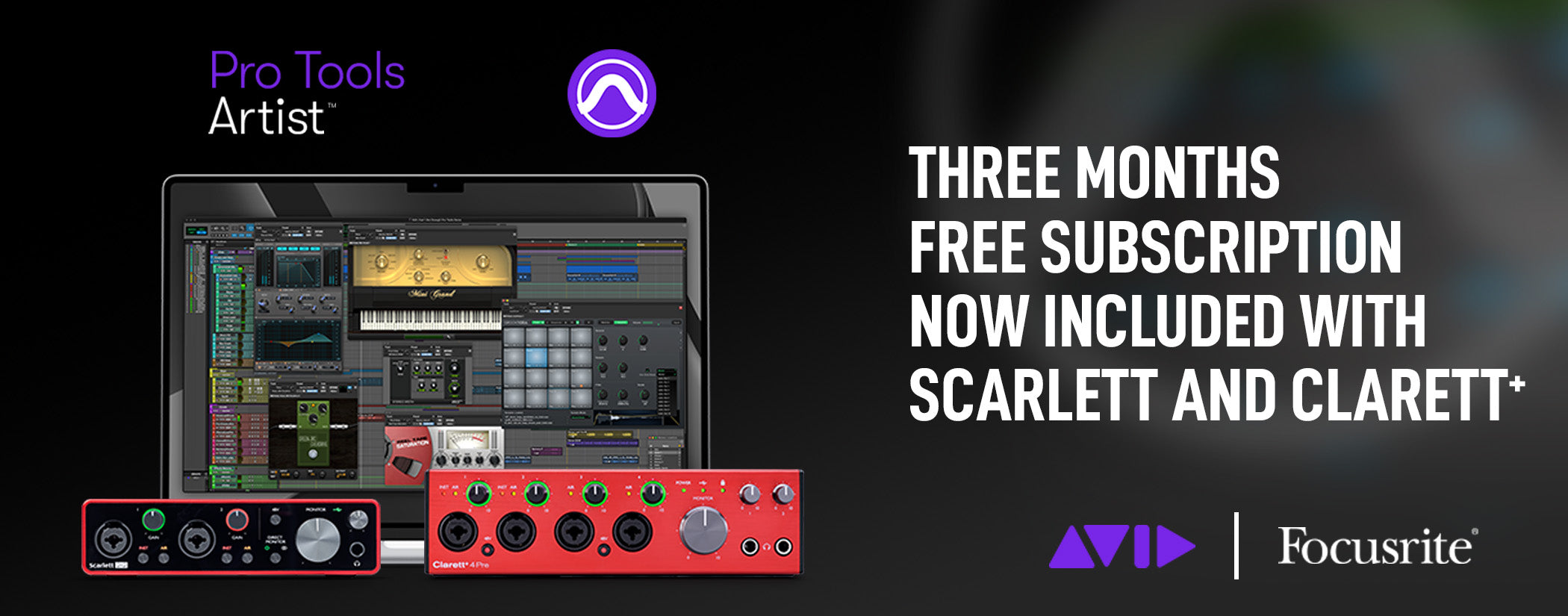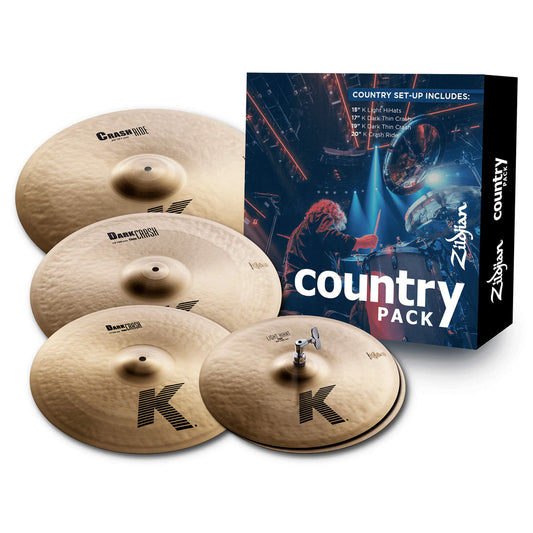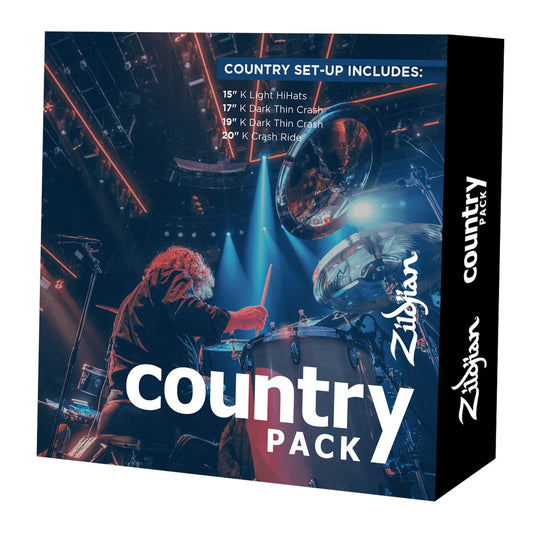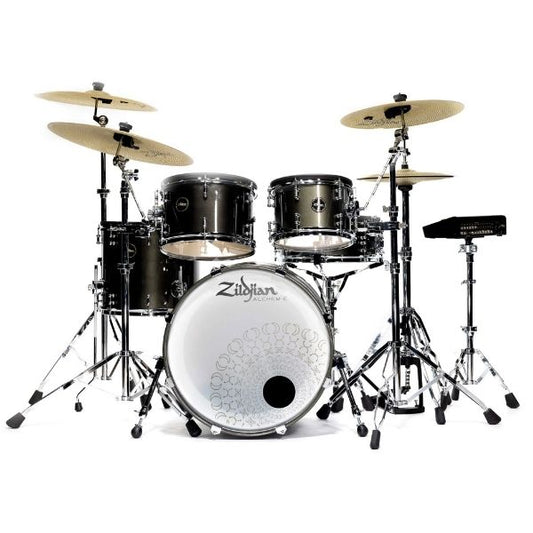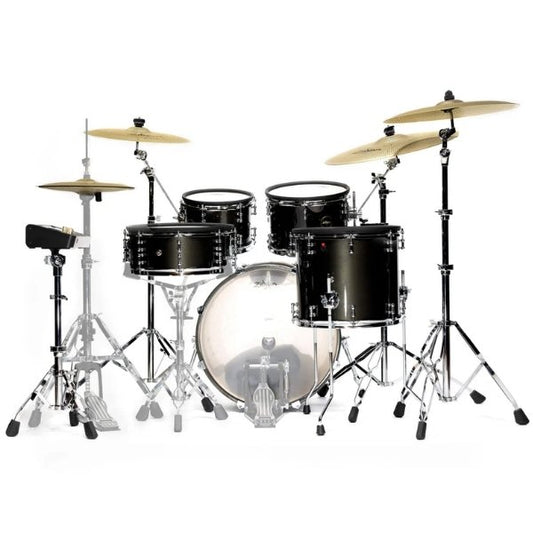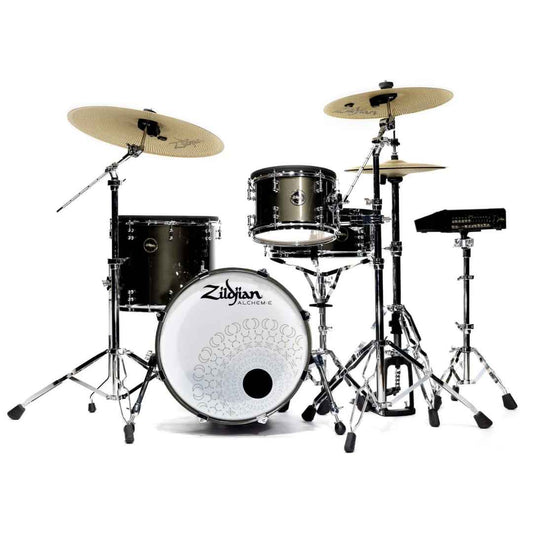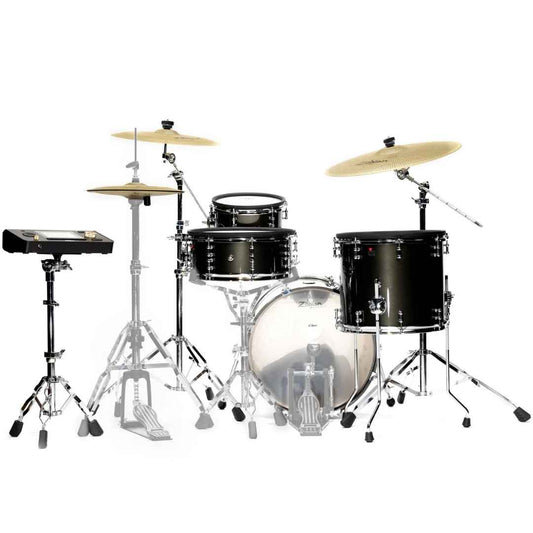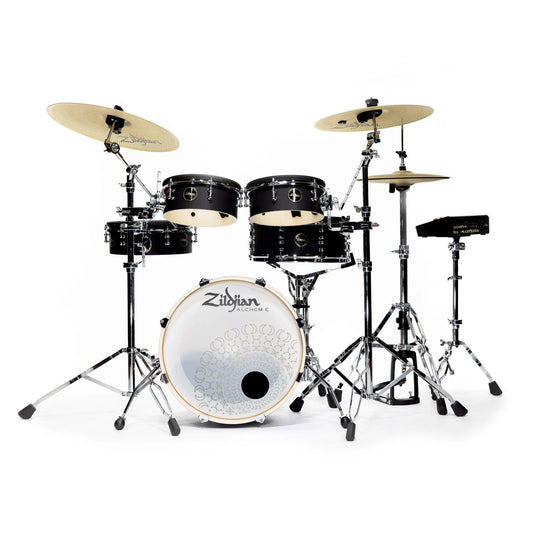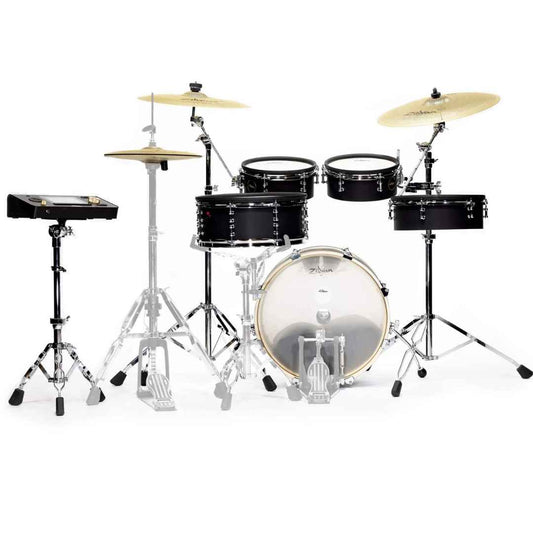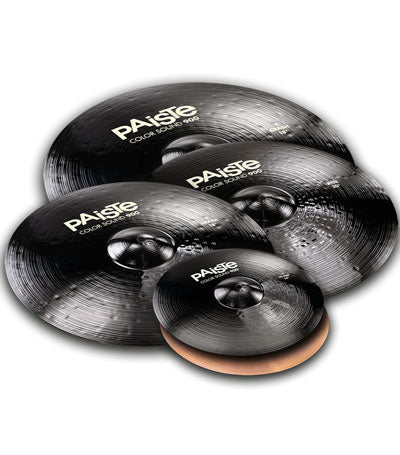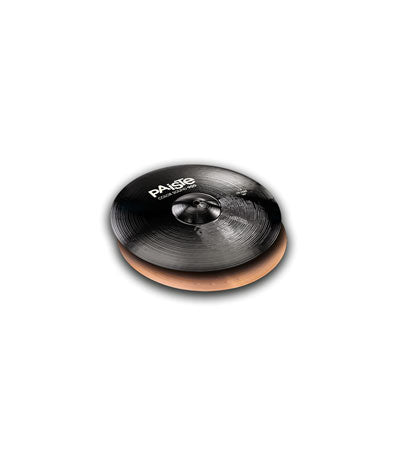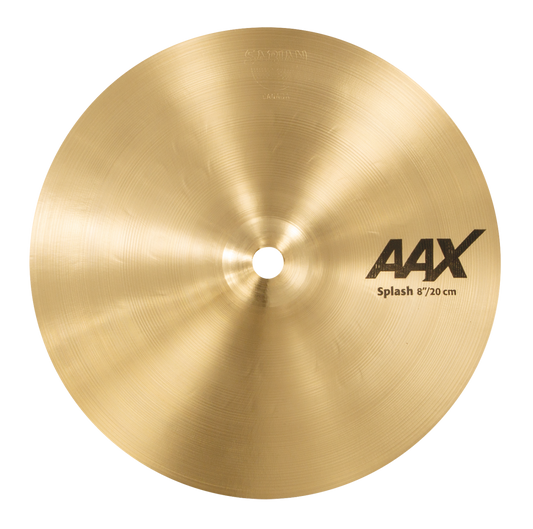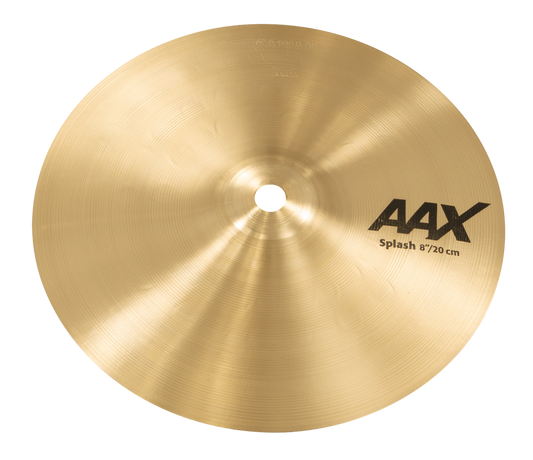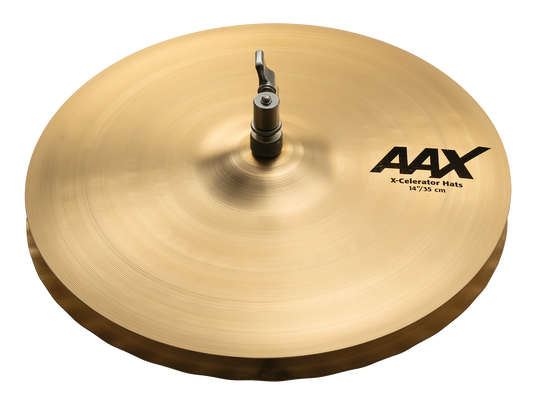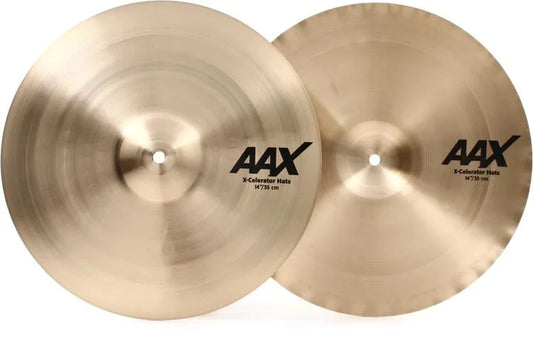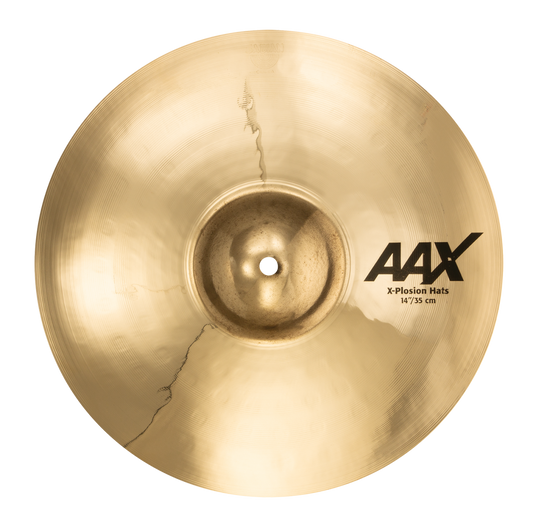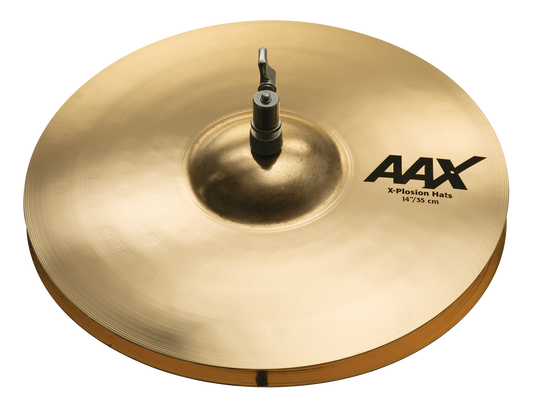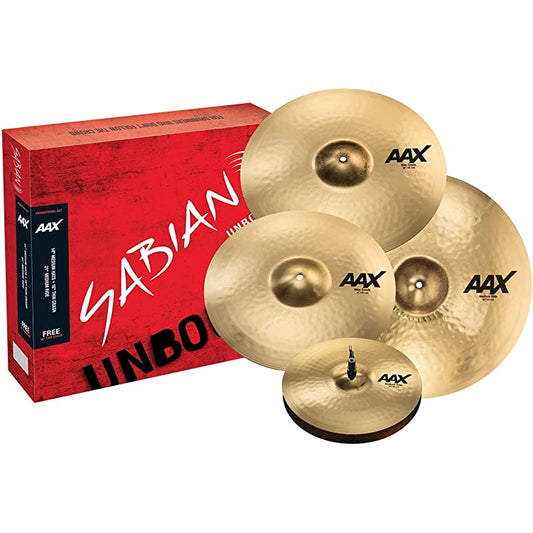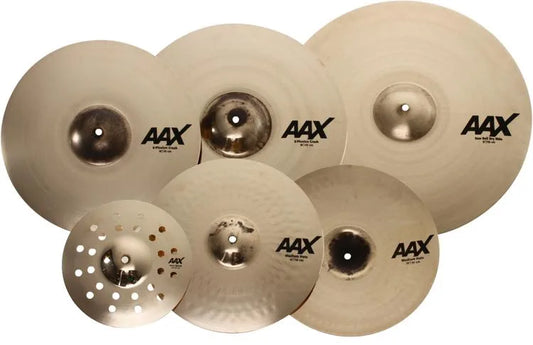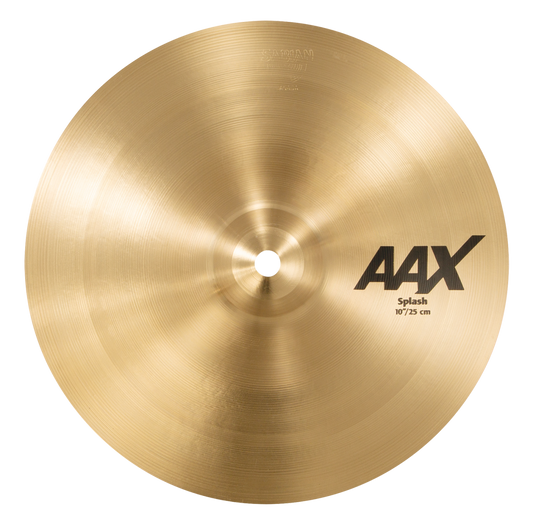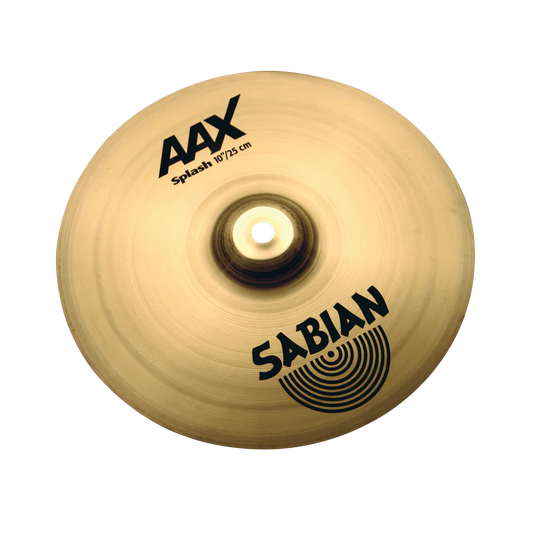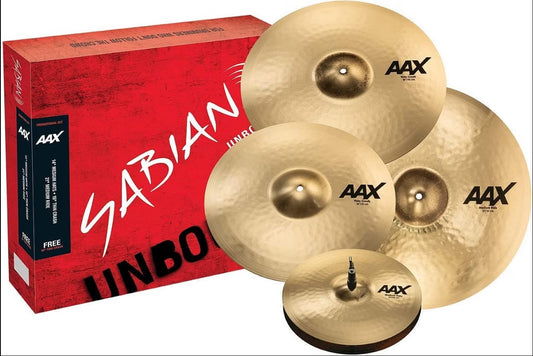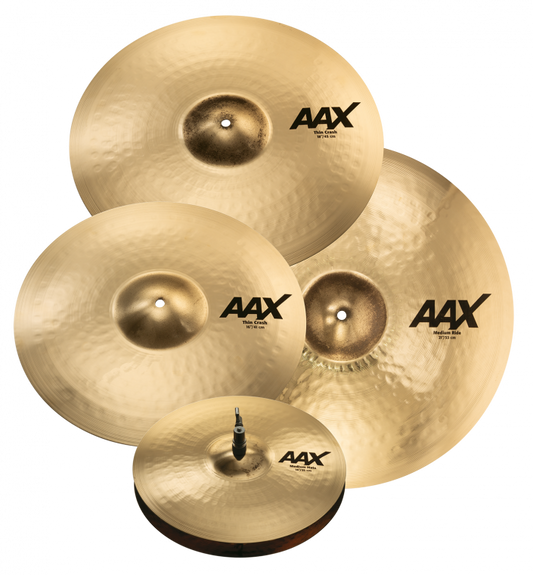-
Focal Pro Alpha 80 EVO Professional Monitoring Loudspeaker For Low Frequencies
Vendor:Focal ProRegular price Rs. 69,668.00Regular priceUnit price perRs. 73,335.00Sale price Rs. 69,668.00Sale -
Focal Pro Alpha 65 EVO Versatile Professional Monitoring Loudspeaker
Vendor:Focal ProRegular price Rs. 58,249.00Regular priceUnit price perRs. 61,315.00Sale price Rs. 58,249.00Sale -
Focal Pro Alpha 50 EVO Professional Nearfield Monitoring Loudspeaker
Vendor:Focal ProRegular price Rs. 45,557.00Regular priceUnit price perRs. 47,955.00Sale price Rs. 45,557.00Sale -
EVE Audio SC307 Professional 3-Way Studio Monitor Pair
Vendor:EVE AudioRegular price Rs. 314,106.00Regular priceUnit price per -
Focusrite Clarett+ 8 Pre USB Powerful Studio-Grade 18-IN / 20-OUT Audio Interface
Vendor:FocusriteRegular price Rs. 119,947.00Regular priceUnit price perRs. 126,260.00Sale price Rs. 119,947.00Sale -
Focusrite Clarett+ 4 Pre USB Versatile And Sonically True 18-IN/8-OUT Audio Interface
Vendor:FocusriteRegular price Rs. 86,445.00Regular priceUnit price perRs. 90,995.00Sale price Rs. 86,445.00Sale -
Focusrite Clarett+ 2 Pre USB Pure-Sounding 10-IN/4-OUT Audio Interface
Vendor:FocusriteRegular price Rs. 59,451.00Regular priceUnit price perRs. 62,580.00Sale price Rs. 59,451.00Sale -
Focusrite Clarett 4 Pre USB Versatile And Sonically True 18-IN/8-OUT Audio Interface
Vendor:FocusriteRegular price Rs. 71,994.00Regular priceUnit price perRs. 73,576.00Sale price Rs. 71,994.00Sale -
Focusrite 2Pre Pure-Sounding 10-In/4-Out Audio Interface For The Recording Artist
Vendor:FocusriteRegular price Rs. 51,306.00Regular priceUnit price perRs. 52,433.00Sale price Rs. 51,306.00Sale -
Universal Audio Apollo x8P [Heritage Edition] + SPHERE L22 Microphone
Vendor:Universal AudioRegular price Rs. 485,900.00Regular priceUnit price per -
Universal Audio Apollo x8P + SPHERE L22 Microphone
Vendor:Universal AudioRegular price Rs. 428,540.00Regular priceUnit price perRs. 434,535.00Sale price Rs. 428,540.00Sold out -
Universal Audio Apollo x8p (Rack/Mac/Win/TB3)
Vendor:Universal AudioRegular price Rs. 338,091.00Regular priceUnit price perRs. 346,760.00Sale price Rs. 338,091.00Sale -
Universal Audio Apollo x8P + SPHERE L22 Microphone
Vendor:Universal AudioRegular price Rs. 428,540.00Regular priceUnit price perRs. 434,535.00Sale price Rs. 428,540.00Sold out -
Universal Audio Apollo x8p Heritage Edition (Rack/Mac/Win/TB3)
Vendor:Universal AudioRegular price Rs. 343,952.00Regular priceUnit price perRs. 362,055.00Sale price Rs. 343,952.00Sale -
Universal Audio Apollo x8 [Heritage Edition] + SPHERE L22 Microphone
Vendor:Universal AudioRegular price Rs. 409,800.00Regular priceUnit price perRs. 415,850.00Sale price Rs. 409,800.00Sold out -
Universal Audio Apollo x8 (Rack/Mac/Win/TB3)
Vendor:Universal AudioRegular price Rs. 285,382.00Regular priceUnit price perRs. 292,700.00Sale price Rs. 285,382.00Sold out -
Universal Audio Apollo x6 [Heritage Edition] + SPHERE L22 Microphone 0 reviews
Vendor:Universal AudioRegular price Rs. 323,155.00Regular priceUnit price perRs. 369,150.00Sale price Rs. 323,155.00Sold out -
Universal Audio Apollo x6 [Heritage Edition]
Vendor:Universal AudioRegular price Rs. 252,110.00Regular priceUnit price per -
Universal Audio Apollo x6 + SPHERE L22 Microphone
Vendor:Universal AudioRegular price Rs. 295,790.00Regular priceUnit price perRs. 331,785.00Sale price Rs. 295,790.00Sold out -
Universal Audio Apollo x4 [Heritage Edition]
Vendor:Universal AudioRegular price Rs. 205,276.00Regular priceUnit price perRs. 216,080.00Sale price Rs. 205,276.00Sale -
Universal Audio Apollo x16 [Heritage Edition] + SPHERE L22 Microphone
Vendor:Universal AudioRegular price Rs. 469,266.00Regular priceUnit price perRs. 537,280.00Sale price Rs. 469,266.00Sold out -
Universal Audio Apollo x16 [Heritage Edition]
Vendor:Universal AudioRegular price Rs. 362,059.00Regular priceUnit price perRs. 381,115.00Sale price Rs. 362,059.00Sale -
Universal Audio Apollo Twin X Quad [Heritage Edition]
Vendor:Universal AudioRegular price Rs. 153,928.00Regular priceUnit price perRs. 162,030.00Sale price Rs. 153,928.00Sale -
Universal Audio Apollo Twin X Duo [Heritage Edition]
Vendor:Universal AudioRegular price Rs. 102,585.00Regular priceUnit price perRs. 107,985.00Sale price Rs. 102,585.00Sale

FOCAL PRO
DISCOVER THE PROFESSIONAL AUDIO FOCAL PRODUCTS
This is the Focal Professional philosophy. These professional monitors are conveived right from the first stages of R&D to reporduce the sound signal without distorsion.
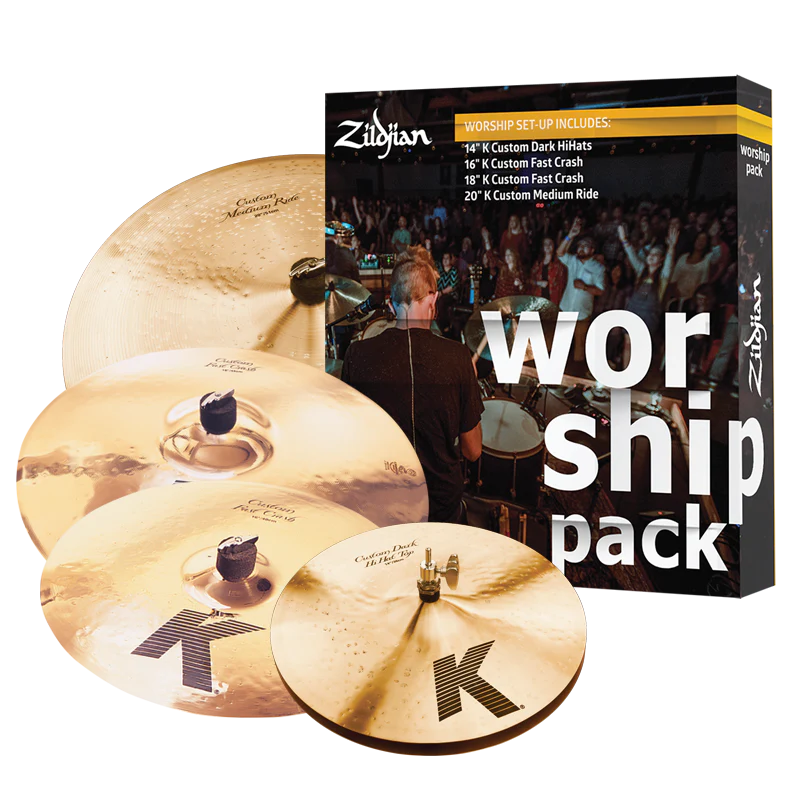
ZILDJIAN CYMBALS
Blending old world concepts and new world techniques,Zildjianhas evolved with both music and technology, continuing to innovate the process of cymbal...

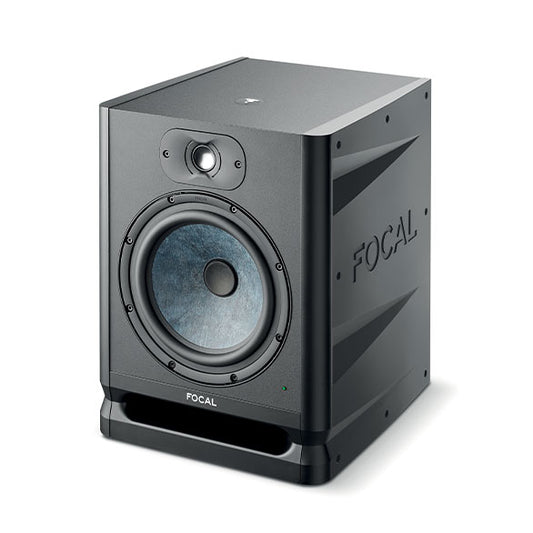
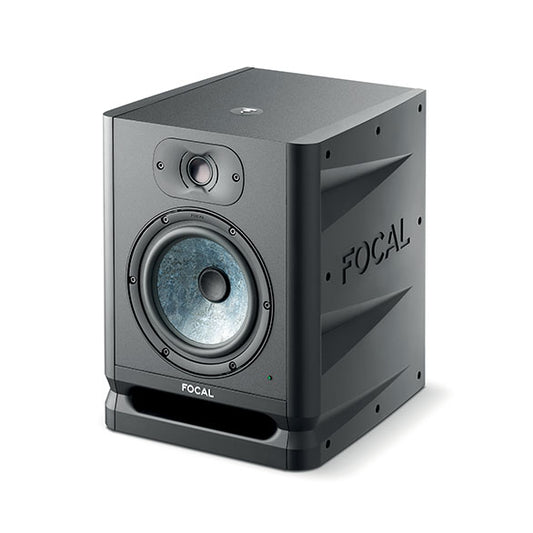
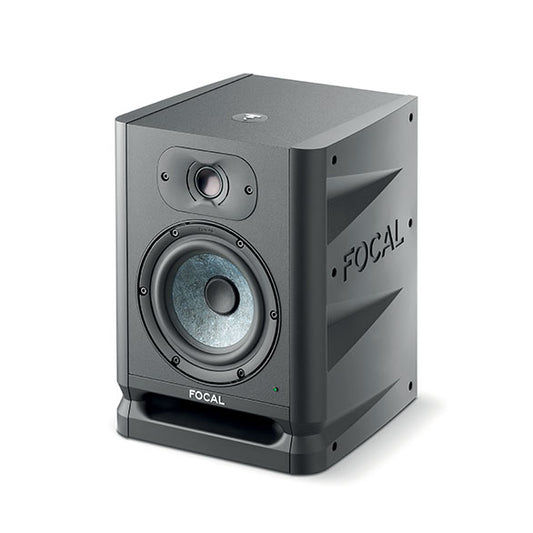
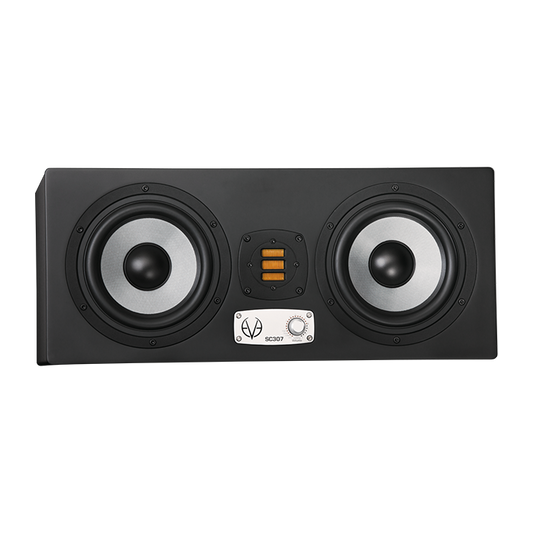
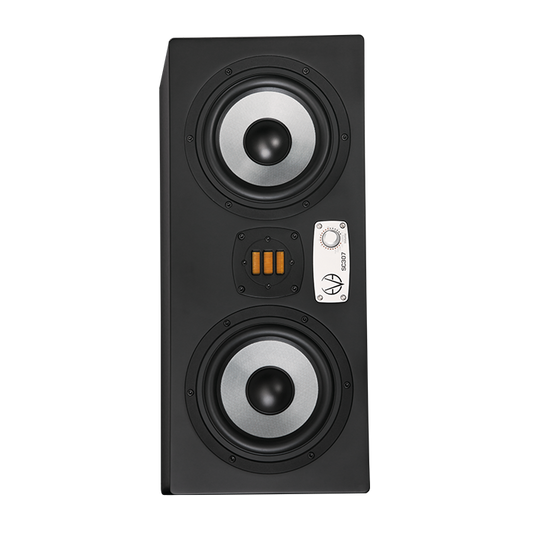









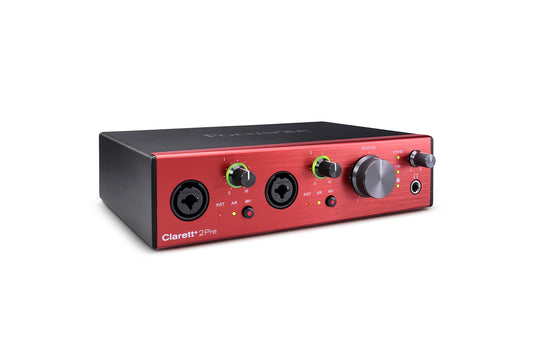
![Universal Audio Apollo x8P [Heritage Edition] + SPHERE L22 Microphone](http://jubalstore.com/cdn/shop/products/NewSpherefreeHomebannerma-1200x800_181f52dd-f6f8-43ef-917a-85c298f0997a.jpg?v=1671264124&width=533)
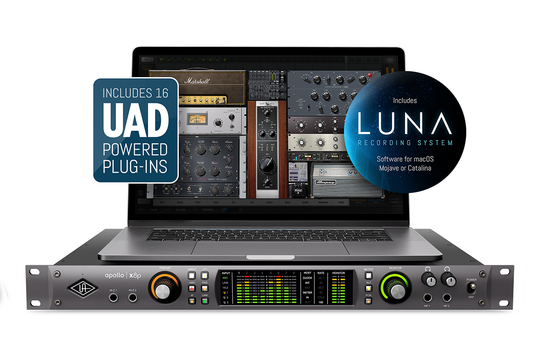
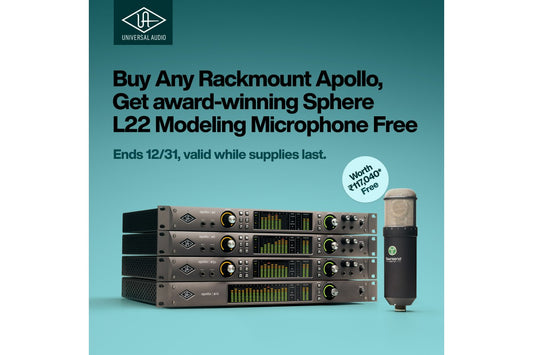
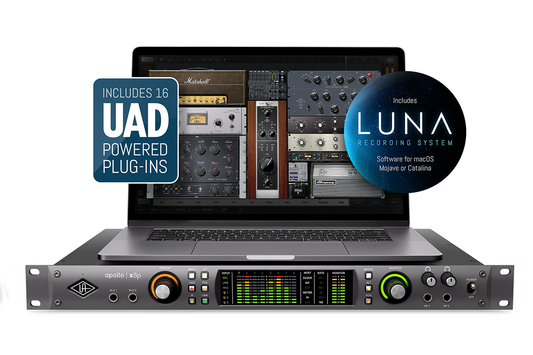
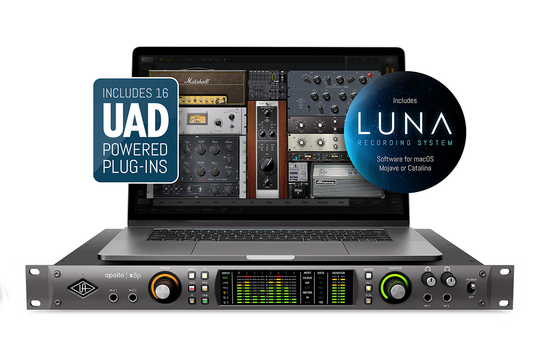

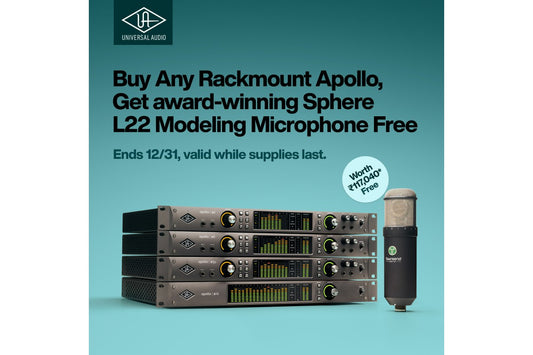

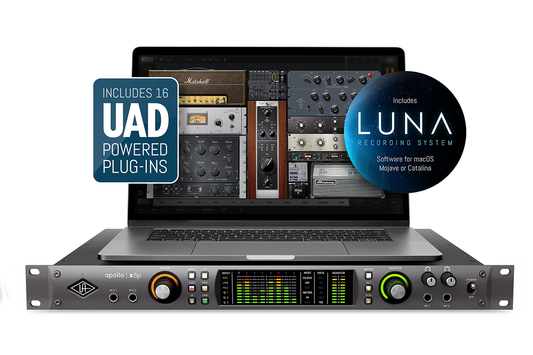

![Universal Audio Apollo x8 [Heritage Edition] + SPHERE L22 Microphone](http://jubalstore.com/cdn/shop/products/NewSpherefreeHomebannerma-1200x800_c928e480-006d-4db0-9358-86635f750297.jpg?v=1671089956&width=533)
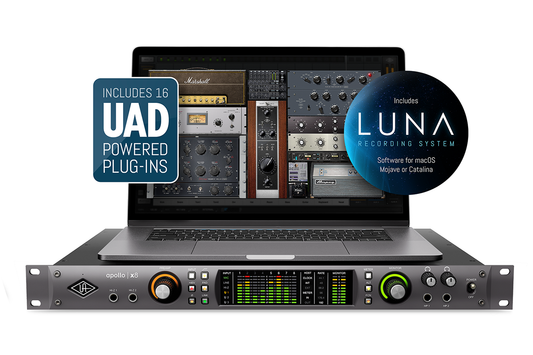
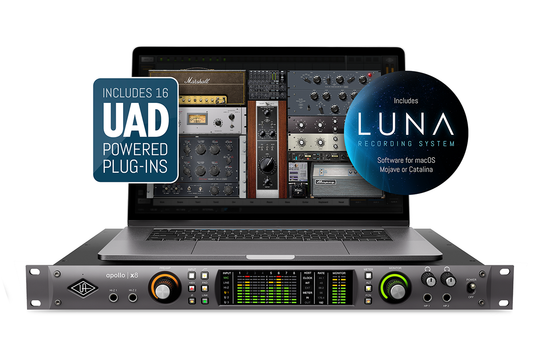

![Universal Audio Apollo x6 [Heritage Edition] + SPHERE L22 Microphone 0 reviews](http://jubalstore.com/cdn/shop/products/NewSpherefreeHomebannerma-1200x800_5c0c84d5-bba5-44cb-a3f6-1357dd6bd25c.jpg?v=1671088540&width=533)

![Universal Audio Apollo x6 [Heritage Edition]](http://jubalstore.com/cdn/shop/products/UA_X6-1200x800_8f17db67-45f3-4932-9165-24d1e69de5bb.png?v=1671090045&width=533)

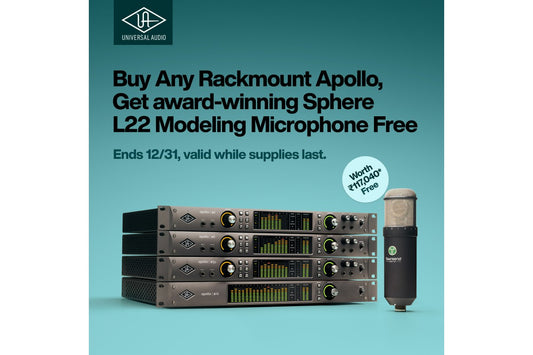
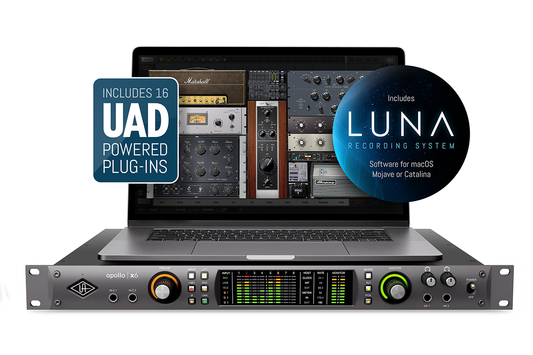
![Universal Audio Apollo x4 [Heritage Edition]](http://jubalstore.com/cdn/shop/products/0apollo_x4_carousel_display.jpg?v=1671087398&width=533)
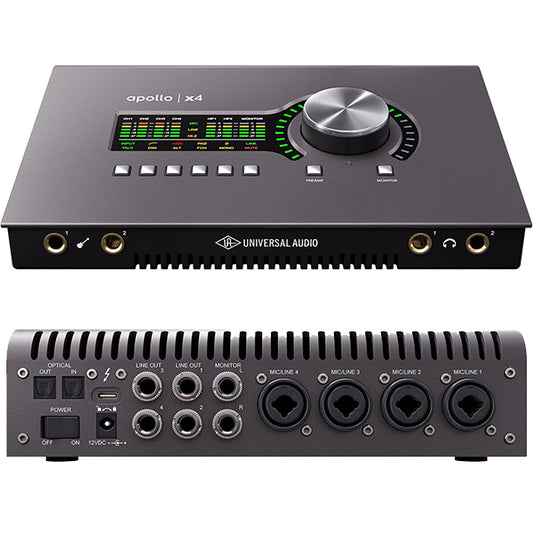
![Universal Audio Apollo x16 [Heritage Edition] + SPHERE L22 Microphone](http://jubalstore.com/cdn/shop/products/NewSpherefreeHomebannerma-1200x800.jpg?v=1671087073&width=533)
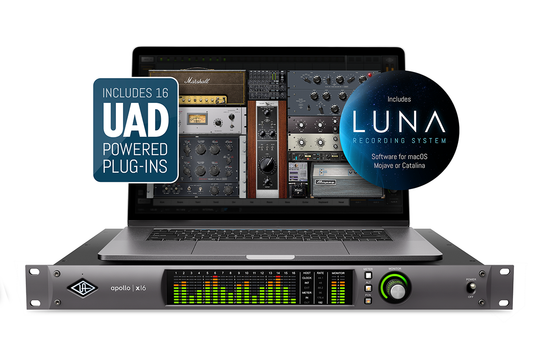
![Universal Audio Apollo x16 [Heritage Edition]](http://jubalstore.com/cdn/shop/products/1-Universal-Audio-Apollo-X16.jpg?v=1671086739&width=533)

![Universal Audio Apollo Twin X Quad [Heritage Edition]](http://jubalstore.com/cdn/shop/products/1-UAD-Apollo-X-Quad.png?v=1671086313&width=533)
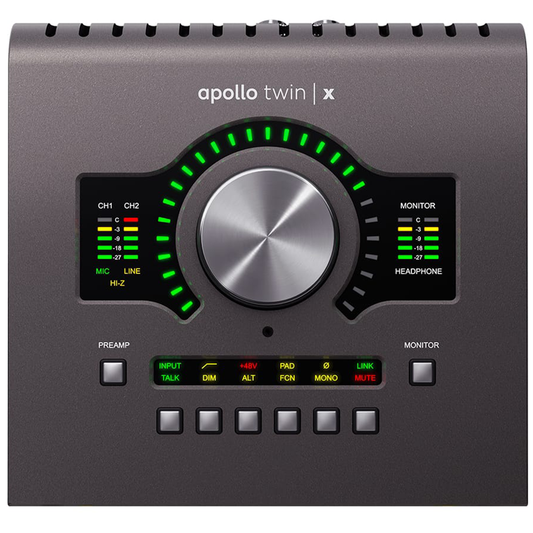
![Universal Audio Apollo Twin X Duo [Heritage Edition]](http://jubalstore.com/cdn/shop/products/UA_ApolloTwinX-1200x800.jpg?v=1671025867&width=533)

